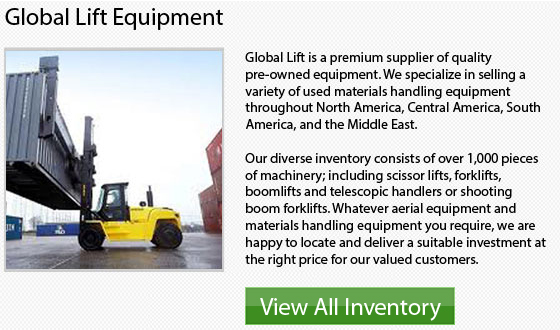
Topless Cranes and Flat Top Cranes
The ease and speed of the erection of flat top and topless cranes have truly impressed technicians and operators alike. Some parts come preassembled at the factory. Additionally, a lot of the electrical, and mechanical components, and their quick couplings have attained a 20 percent decrease in erection times compared to the CTY Crane Series before. In order to guarantee the crane is working in complete safety, each and every phase of the crane has been carefully planned, tested and studied.
Ecological paints and low level acoustic emissions are provided by FMgru cranes. As well, on request, low environmental impact tints could be utilized to show all the customers and clients the care of the company has for both the natural environment as well as assuring protection of the numerous places where these machines are used. The company is truly proud in making environmentally sound decisions whenever possible.
The TLX Series cranes are manufactured and designed in order to be transported easily by containers, trailers and trucks. These units can be disassembled with every component of the crane breaking down to less than 6 meters length and low weight in order to facilitate the transport in narrow places. This overall design makes them a great alternative for easy transport and assembly.
Saddle Jib Cranes, Tower Cranes
Both Saddle Jib Cranes and Tower Cranes can be assembled quickly and easily. They are particularly designed and engineered to guarantee safety conditions throughout all of their operations. The fast erecting cranes by TCK are designed and manufactured to guarantee the best safety standards in every assembly and working situation.
As the hinges couple to the center plate, the jib and the counter-jib could mesh together without any dangerous adjustments. The distribution, slewing and lifting components of these cranes are exceptionally dependable, simple and strong. These components are controlled by a frequency inverter which enable smooth and fast movements so as avoid overstress of the structure of the crane.